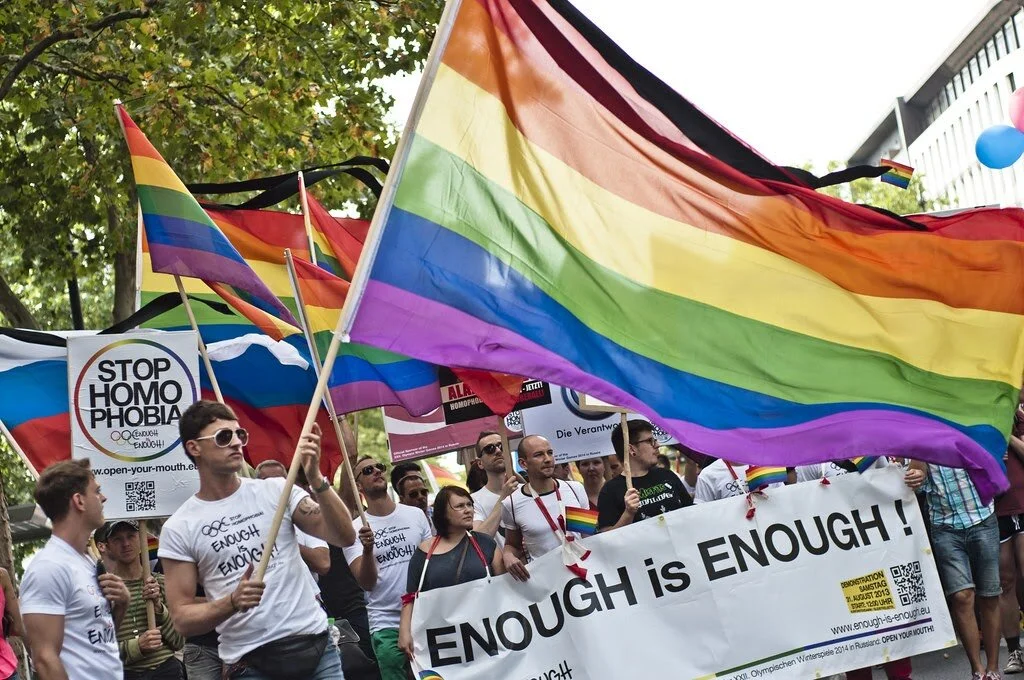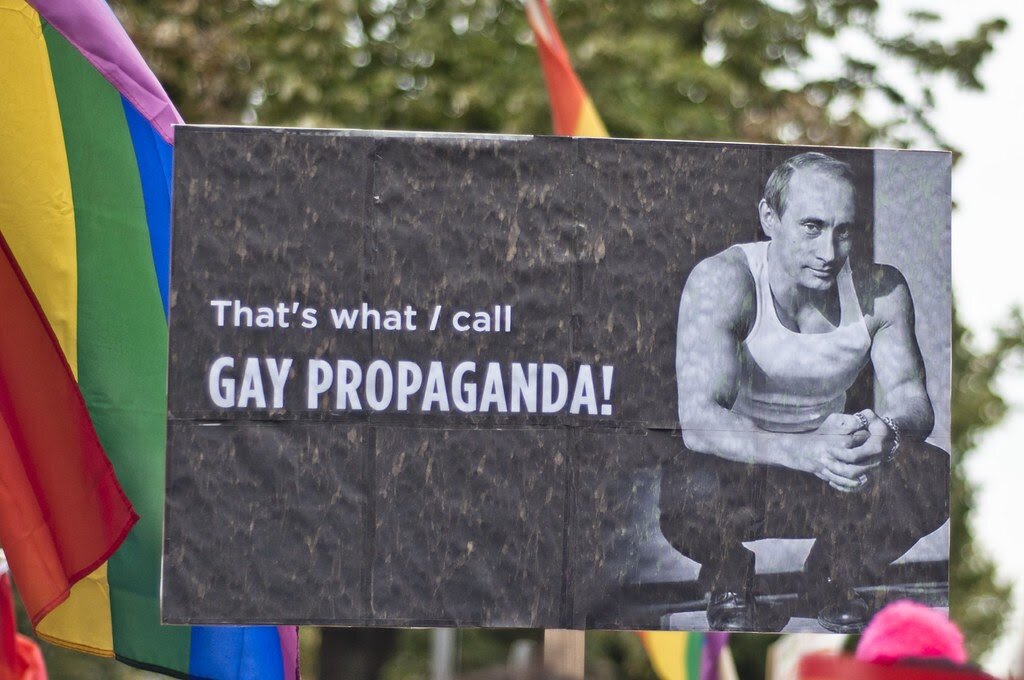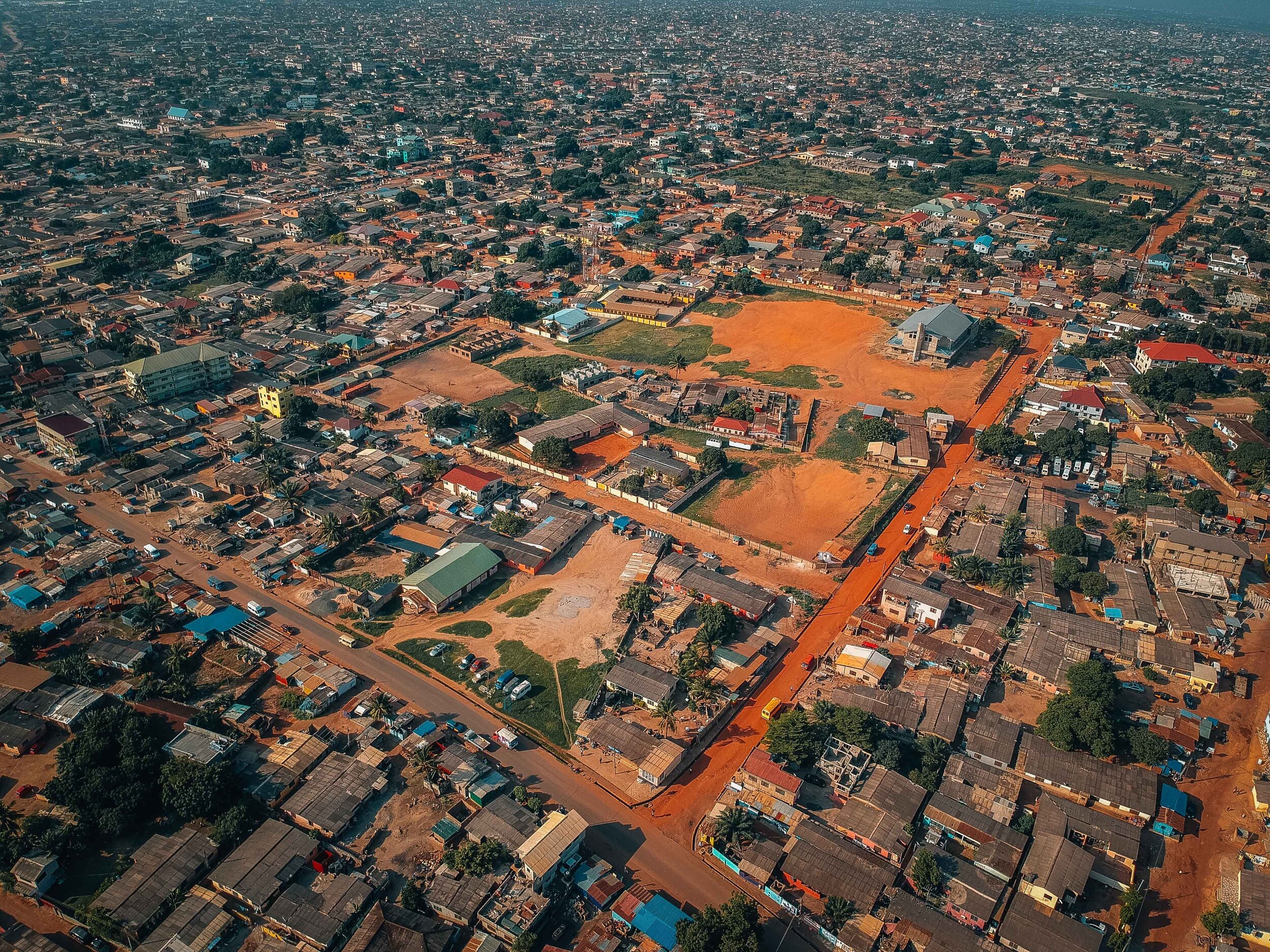Do you know any children between the ages of 3 to 17-year-olds who work 12 hours a day?
Do they skip school because they are working in a market to earn money for their family?
I suppose your answer to the first question is no.
And, maybe your answer to the second is something like “What are you talking about? This doesn’t happen at all.”
Unfortunately, it does happen. Not in your environment, city or town. But it is happening in the world, especially in Quito, Ecuador.
Before my volunteer experience in Quito, I was hesitant to do any sort of volunteer work abroad. Yes, I’ve volunteered in and around my neighborhood. I did so at my mom’s job, at school, at a museum, at a local beach, and at a local community center. But, this was a different experience. Picking up trash at a beach is far from teaching a 3-year-old child basic hygiene or the name of a color.
How do you provide a service to an economic, educational, and social need in another country?
On my first day, I sat in a small, crowded office filled with volunteers who had spent a range of time in Quito. Some had been there for three months, others close to year. The diverse group included volunteers who were single and married. Several were high school students taking a gap year. Also, there were recent college grads. And, of course me. We were from all over the world, such as the US, Australia, England, and more.
At 8 am, we began discussing our plan to spend the entire day in the Ferias, or markets. Some Ecuadorians work in the Ferias working more than 12 hours a day to feed and care for their families. Their employees took care of smaller jobs. Who were they? Their children.
Like every week, the children were going to take an educational break.
I was nervous to begin my volunteer service because I wasn’t ready to interact with the children. I didn’t have the courage to volunteer in the markets. Nor the energy to play with the children. I, too, was anxious that I wouldn’t have the patience to deal with dozens of kids of all age ranges for an entire week.
Silent, I took in the moment and made small talk with the ladies sitting next to me. Though in Quito, we began the morning meeting in English.
We went through the day’s activities, first reciting a song used to help welcome the students to our camp. Some of us were new so we practiced a few more times. The song was meant to energize the children and build rapport with them, the coordinator informed us. It was a familiar song and a chant that the children knew by heart.
We then divided ourselves to lead an age group. I opted for the younger children.
This group was going to learn the color blue. Many did not even know their alphabets. They hadn’t been formally enrolled in school or even had the opportunity to attend.
Sad, yet real for the approximately 600 children we served. Most living on the street spending 12 hours a day bagging items or cleaning their stall.
It stung. Life without going to school? I wasn’t prepared.
We practiced other songs. We reviewed the remaining activities on the agenda. Last, we prepped the canopies, mats, toys, and school supplies to be carried with us to the markets.
Man, what have I gotten myself into.
After collecting a few of the materials, I followed the group to the bus stop. Half took a bus route to one market, while the rest of us ventured off to another.
As I entered the bus and slipped my coins into the slot, I looked for an empty seat near a window. I needed to relax before it was showtime. I peered out the bus window at the locals, the landscape, and the rush of cars dotting in and out of traffic.
45 minutes to our destination, I watched the ebb and flow of passengers crowd the bus. This included men and children hustling onto the bus to make a quick dollar. Between stops, they would repeat their pitch to sell snacks and cheap products. They were hustlers like the children I was about to meet.
We finally arrived at our stop. We collected our items and hustled toward the market.
Outside a small building at the edge of the market, we set up the canopies, positioned the mats in a circle, placed the loads of books and toys on the steps, and corralled the smiling faces toward the washing station. They knew we had arrived when they caught sight of our dark blue t-shirt labeled "Voluntaria" on the back. One-by-one, the children washed their hands in the bowl of soap and water, while suds floated in the air. They gleefully followed suit by cleaning their face.
As they finished, we gathered in a circle. For the newbies, we made our opening song debut. The children sang loudly and proudly. I whispered the lyrics, barely remembering the words from the morning meeting. I tried. Not because I should, but because the children ushered me to do better and be better at living in the moment. So what if I didn’t know the words. Who actually sang (without fear) was a tell-tale sign of who was present and who wore their heart on their sleeves.
Their prowess overshadowed my self-consciousness.
Next on the agenda, we separated into groups. I pranced after the 3 to 5 year olds and partnered with a child named Luis. He was shy and quiet. Me too. Perfect match, eh?
Everyone received a coloring book worksheet and a cap with blue paint. To connect the name of the color blue (“Azul” in Spanish) with the blue paint, they begin finger-painting. There wasn’t much direction needed. He painted within the lines. Most of the children did not. While painting, we repeated the word, Azul. We did so for about 10 minutes.
Antsy and ready for fun, we cleaned up and pulled out books, toys, and sports equipment. Each child grabbed something. Some wanted to play with dolls, others wanted to build with blocks, and a few kicked the soccer ball around. The other age groups included the older children, so it was less play, and more homework. In the middle of playing with one of the smaller children, I assisted a student with her English homework. She was grateful.
The morning went on until it hit noon. We wrapped up the games and fun with our goodbye song. As we sang, the children hugged each volunteer. EACH volunteer! Some twice. I was surprised. They didn’t know me. I didn’t now them. But, they didn’t care. I represented their buddy. I symbolized fun. I was their distraction from work. They were my solace. My humility. The reminder of taking off the blinders of what it meant to volunteer and travel.
The older children left the camp on their own. Volunteers accompanied the younger ones and led them to their parents.
The day was halfway over. We stopped for an hour lunch at a local restaurant.
We returned to recollect our stuff and headed toward our second market of the day. The agenda repeated itself for the afternoon. Exhausted from the course of the morning, I looked forward to meeting the new faces.
The day wasn’t measured in success, but, rather in joy and purpose.
To be clear, this isn’t to boast about “helping” someone else in another country. This isn’t to parade pictures on the internet about a US Citizen helping the “other.” I understand that some people oppose Voluntourism. They're against the lack of stability for the local communities. There is also an ever-changing pool of the volunteers. Look at me, I only volunteered for a week.
Rather, this post is about appreciation for life. Taking lessons even in its smallest dose. Even if the face changes, the blue shirts don't. I keep mine. I keep it for Luis, Pata, Adriana and the other children. I keep it for myself because I selfishly didn’t want to volunteer. But, I’m glad I did.
Day 1 of 7 was complete.
Thank you to UBECI for the opportunity to volunteer with the Street Market Children.































